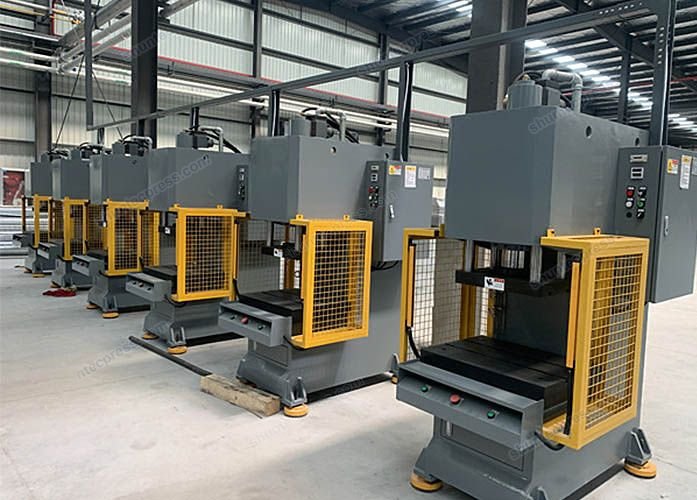


The hydroforming method refers to the use of liquid water, oil, or viscous material in replacement of a rigid concave mold or convex mold as the force transmission medium so that the material is shaped by fitting the convex mold or concave mold under the pressure of the force transmission medium. It is a kind of flexible forming technology.
According To Different Liquid Media Used, Hydroforming Is Divided Into Pressurized-Water Forming And Pressurized-Oil Forming.
The medium used in pressurized-water forming is pure water or an emulsified liquid composed of water and a certain proportion of emulsified oil; the medium used in pressurized-oil forming is hydraulic transmission oil or engine oil.
According To Different Blanks Used, Hydroforming Is Divided Into Three Types: Tube Hydroforming, Sheet Hydroforming, And Shell Hydroforming.
Sheet and shell hydroforming uses lower forming pressure, whereas pipe hydroforming uses higher pressure, also known as internal high-pressure forming. The medium mostly used in sheet hydroforming is hydraulic oil, and the maximum forming pressure generally does not exceed 100MPa. The medium used in shell hydroforming is pure water, and the maximum forming pressure generally does not exceed 50MPa. The medium mostly used in pipe hydroforming/internal high-pressure forming is emulsified liquid, and the maximum forming pressure used in industrial production generally does not exceed 400MPa.
The Main Characteristics Of Modern Hydroforming Technology Which Began To Develop In The Mid-1980s Are Manifested In Two Aspects.
Firstly, since the liquid medium can be used as a convex mold or a concave mold, only a concave mold or a convex mold is needed respectively, so the mold costs and processing time can be saved by 50%. What’s more, the liquid used as a convex mold can form many complex parts that cannot be formed by a rigid convex mold. Secondly, liquid as a force transmission medium has real-time controllability, the pressure can be accurately controlled according to the given curve through the hydraulic closed-loop servo system and the computer control system, which ensures that the process parameters are within the set values, and are variable and adjustable over time, which greatly improves the process flexibility.

